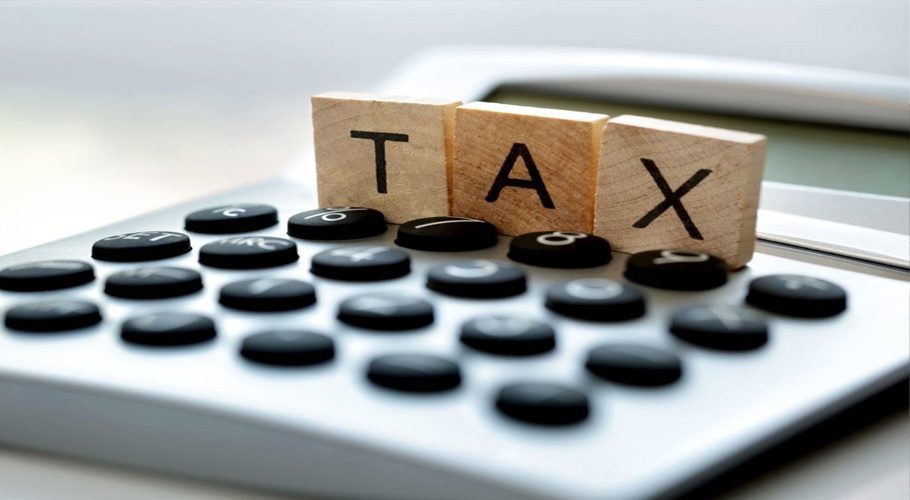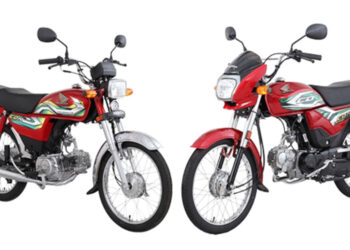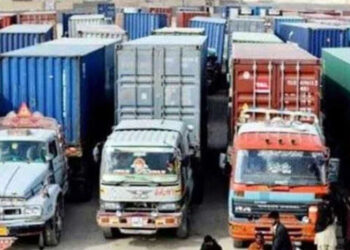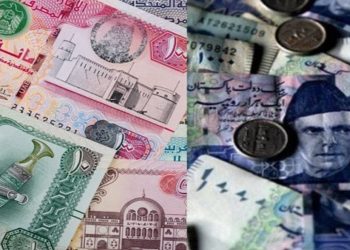Karachi has once again retained its position as the largest taxpayer city in Pakistan in the fiscal year 2024-25, providing a massive support to the national economy.
Karachi recorded a 29 percent year-on-year growth in tax collection at the federal level, while the Sindh Board of Revenue (SRB) showed a 29.5 percent increase in sales tax on services, maintaining its leading position in national and provincial revenues.
The SRB collects general sales tax on services in Karachi, while five offices of the Federal Board of Revenue (FBR)—RTO-1, RTO-2, MTO, CTO, and LTO—are responsible for collecting income tax, sales tax on goods, and federal excise duty.
It is estimated that 80 percent of the SRB’s GST collection comes from Karachi, while the remaining 20 percent comes from within Sindh. Although some companies operate out of Karachi, their head offices are located in Karachi, and the tax is collected there.
LTO Karachi collected Rs3.256 trillion in the fiscal year 2024-25, which is 29.46 percent more than Rs2.515 trillion in the previous year. In June alone, Rs449.05 billion was collected, which saw a 48 percent year-on-year increase. The Chief Commissioner attributed this performance to the professional dedication of his team.
Also read: Pakistan’s trade deficit widens to $26.2 billion in FY24-25
Income tax collected increased by 32 percent to Rs1.798 trillion, while sales tax increased by 21 percent to Rs1.235 trillion and excise duty increased by 63 percent to Rs222.2 billion.
These figures are without including taxes collected from ports, which further highlight the economic importance of Karachi.
Sindh Revenue Board collected Rs306.6 billion in the fiscal year 2024-25, which is 29.5 percent more than Rs236.8 billion in the previous year. In June, the SRB collected Rs40.5 billion, the highest monthly record in its history.
Chairman Dr. Wasif Ali Memon attributed this achievement to the SRB team, the support of the Sindh government, and the cooperation of taxpayers. He said that the SRB is ready to implement the Agricultural Income Tax and Negative List Tariff System from the next financial year, which will be effective from July 1, 2025.




































